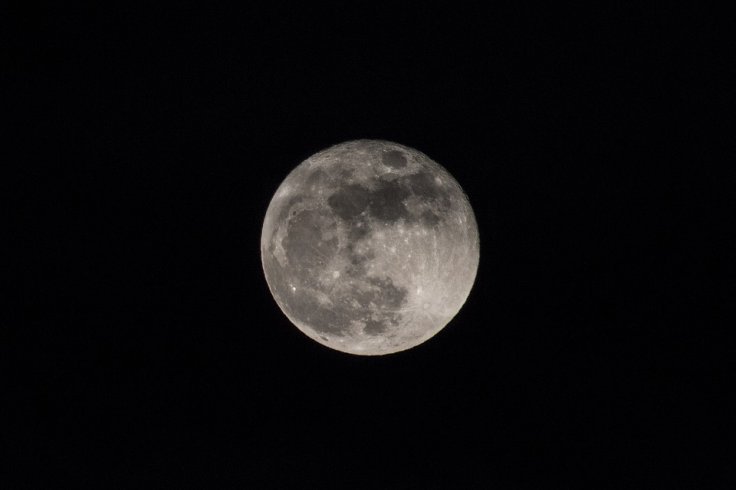
It was around a few weeks back that Israel's Beresheet spacecraft crashlanded on the lunar surface during its landing. Interestingly, the spacecraft had some earthlings aboard and it includes the indestructible tardigrades popularly known as water bears.
It should be noted that these microscopic creatures are capable of withstanding intense radiation, extremely cold temperatures, scorching heat and can even stay alive without food for decades.
The Arch Mission Foundation, responsible for the Beresheet's trip to the moon suggested that these tiny bears may be still alive on the lunar surface. If the words of Arch Mission Foundation are true, then these tiny bears have taken a giant leap and have emerged as the living creature that has thrived in the lunar surface for such a long period of time.
Even though these tiny bears are less than a millimetre long, they have eight legs with claws. These multicellular organisms also have a brain and central nervous system.
"We believe the chances of survival for the tardigrades are extremely high. Tardigrades are ideal to include because they are microscopic, multicellular, and one of the most durable forms of life on planet Earth," said Nova Spivack, co-founder of The Arch Mission Foundation told AFP.
During the mission, the Arch Mission Foundation sent a stack of DVD-sized disks that acts as an archive of 30 million pages of information about the earth, along with a payload of tardigrades.
In a recent interaction with CNN, Spivack revealed that tardigrades were chosen for the lunar mission due to these creatures' surprising adaptability to thrive in harsh environments.
"We chose them because they are special. They are the toughest form of life we know of. They can survive practically any planetary cataclysm. They can survive in the vacuum of space, they can survive radiation," said Spivack.









